It goes without saying that this year like no other. The COVID-19 pandemic hit the world hard early in 2020 and esports was no more immune than other industries. Despite some rough waters, organizers adapted as well as they could providing entertainment for all esports fans. Teams continued to create content we yearned for in the comfort of our homes, and performances we’ll remember for years to come.
While 2020 will go down in history, for the wrong reasons, esports still brought us moments we'll never forget. (Photo courtesy Riot Games)
As we look ahead to 2021, and hope for brighter pastures, we take a step back and review the most memorable esports moments from 2020.
Esports Moves 100% Online
The Overwatch League
2020 was meant to be the year for the Overwatch League, as Blizzard was taking the “show on the road” and beginning home/away matches. But as early as January they began halting competitions in China and Korea as cases of the virus rose in the east. With teams’ players spread across the globe, and not actually based in their teams’ city/state, maneuvering just how to continuing league games in-person became a massive challenge. By March, the league moved completely online along with canceling the Midseason Tournament. The hope was to return to live games by April, but that was glaringly not going to be possible.
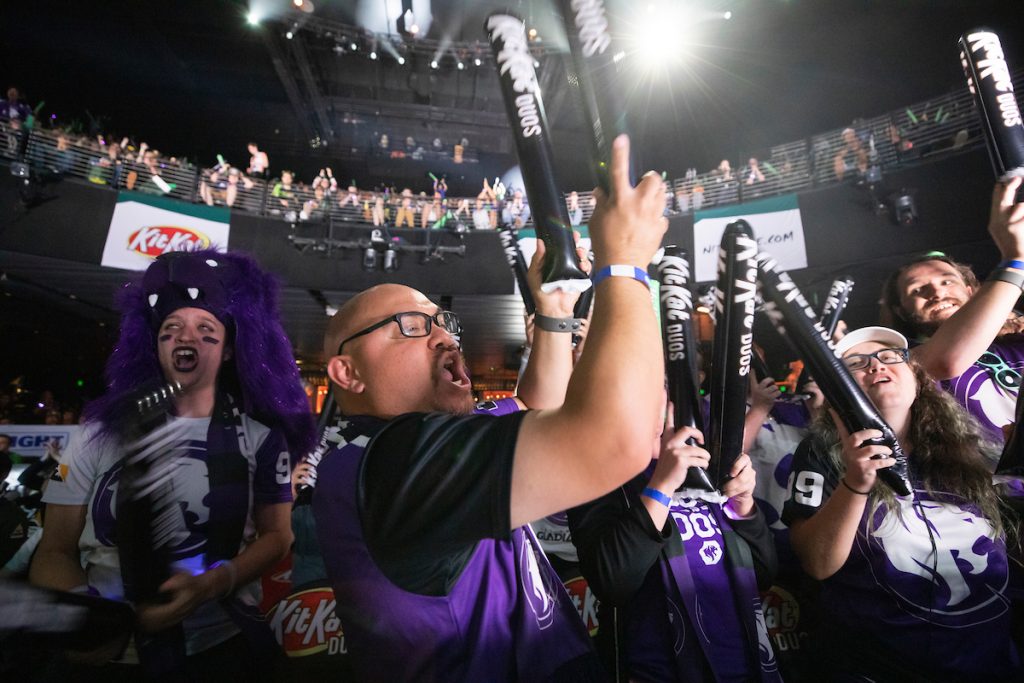
In 2020, Overwatch League fans had to hold on to memories of events that once were. (Photo courtesy Robert Paul – Blizzard)
As mandates in both California and New York were enforced, competition was stalled, yet again. By March, Blizzard chose to cancel the remaining live events, then introduced a tournament-style format in April with teams locked to regions that reflected players’ locations, rather than the organization. The May Melee, Summer Showdown, and Countdown Classic were held as the ultimate competitions from the year but still felt lackluster as they were split between North America and APAC.
After months of preparation, Blizzard chose to still hold playoffs for the league cultivating with the Grand Finals in October. It was the first international competition since the beginning of the year and as it was hosted on Asian servers it forced teams to travel.
Going into 2021, Blizzard has already announced a delay of the start of the season and that the regional tournament format will return.
League of Legends
After just the first week of Spring play in January, the LPL and LDL announced its indefinite postponement of week two as China became the hub of the coronavirus. Matches finally resumed online in March for the remainder of the season
After the first round of play, the LCK barred audience members, but eventually moved to an online format as well.
By March, both the LEC and LCS canceled audience attendance, then both subsequently canceled play and moved both regional finals to Berlin and Los Angeles, respectively. As with other regions, play commenced completely online.
The Mid-Season Invitational was postponed from May to July and then canceled completely in April.
Worlds commenced in Shanghai, China as planned with teams traveling and quarantining up to the live event in October.
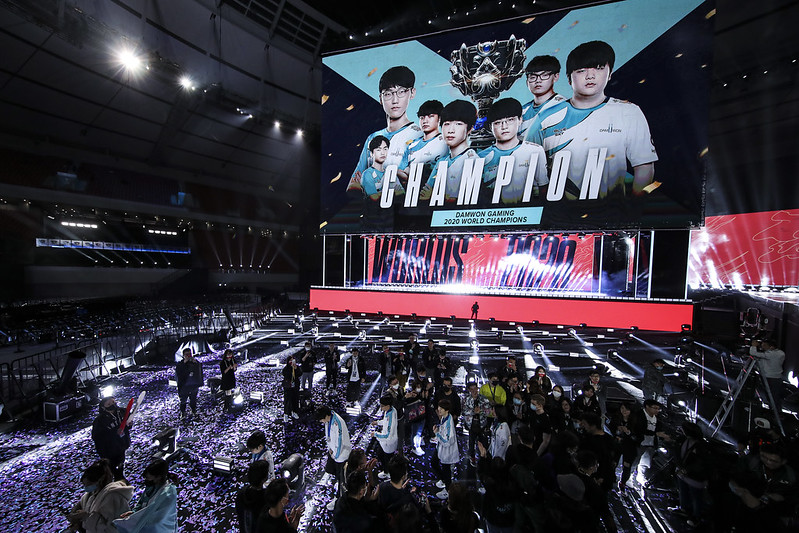
Dota 2 and the DPC
2020 was meant to be a monumental year for esports, especially for Dota 2 as it would be the final DPC season with Majors and Minors.
The 2019 – 2020 season went through two Majors and three Minors until COVID-19 became more prominent. As coronavirus began to hit North America hard in March, many teams were already in Los Angeles for the ESL One Major. At the same time, President Donald Trump issued a travel ban from certain European countries, eventually causing ESL to postpone the Major.
The remaining Minors and Majors were all eventually canceled, with various esports tournament organizers swooping in on the opportunity to hold online events. So much so, that at one point there was arguably too much Dota esports going on at once.
Hopes that the 10th iteration of The International would still be held were crushed as the biggest tournament of the year was postponed to 2021.
2020 should have been somewhat of a transition year for Dota 2 esports and, in a way, it was. The new regional-based online league was meant to begin at the end of the year, but instead has been pushed to mid-January.
CS:GO
The impact of COVID-19 in Europe progressed before our eyes as fans were preparing for IEM Katowice in February. Just 12 hours before playoffs were set to begin in Spodek Arena, the Silesian Gouverneur barred any audience from attending.
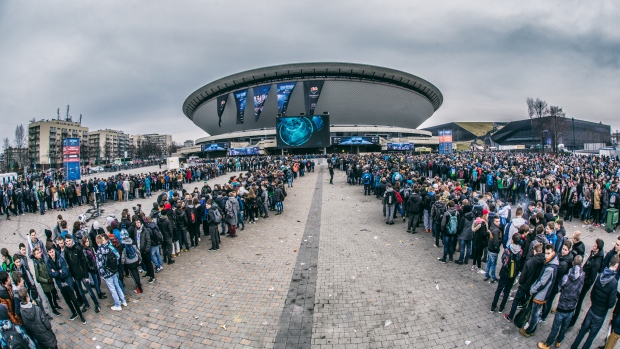
Fan’s hoping to get in to IEM Katowice were turned away when organizers closed the event to the public. (Photo courtesy ESL)
From then on, most CS:GO esports tournament organizers held their 2020 events either in a closed studio or completely online. Majors and large tournaments split their prize winnings among regions so teams still had an opportunity to play. Like other esports in 2020, no team was crowned “best in the world”. Hopefully they can look forward to that chance in 2021.
Call of Duty League
2020 was the debut year of the Call of Duty League. Call of Duty esports was transitions from the World League format to a franchised city-based league – similar to that of the Overwatch League. But as soon as it began, it was halted. Home series tournaments began throughout January and February, but by March the league was forced to hold the remaining matches online. It certainly wasn’t without it’s own issues, with pings from teams locations becoming a detriment to fair play. Playoffs and Champs were held online as well.
Rumors of a “bubble” system in 2021 similar to that of the NBA have been swirling, but in December organizers announced the return of tournaments for next season. Home Series tournaments will be split into four groups that will feed into Majors. There’s no word yet whether or no Majors will be held on LAN or not.
CS:GO adopts six-man rosters
In a year where organizations and teams were forced to down-size due to financial losses from the coronavirus pandemic, CS:GO teams took a completely different approach in actually adding extra players. While having substitutes and reserves from time-to-time isn’t unheard of, many prominent teams chose to bring on new players permanently as an option to rotate.
Astralis was one of the first teams to toy with the concept with Xyp9x taking a leave from the team, they ultimately landed on Lucas “Bubzkji” Andersen as their sixth. Vitality acquired Nabil “Nivera” Benrlitom from Team Heretics, and have been swapping him in during certain scenarios. Both teams found success with this method at BLAST Fall Finals. Nivera filled in for either shox or mistusaa when it came to Inferno or Dust2, and at least one or sometimes both of these maps were featured in their winners’ bracket victories over mousesports, Na’Vi, and BIG. Bubzkji can be considered Astralis’ nuclear option, as he was subbed in for Xyp9x on three different occasions on Nuke, winning two of them.
There’s no telling if the trend will continue into 2021, but it certainly hasn’t diminished the success of teams that have chosen to expand.
Riot launches VALORANT game and esport in the same year
While many games and esports were simply trying to stay afloat during the pandemic, Riot Games said “hold my beer”. The League of Legends developers decided to not only launch a new title in 2020 but an esport with it.
VALORANT swooped in Closed Beta early in the year as the new hotness and then subsequently announced early esports plans in April. Before the competitive scene could even really get established, multiple top-tier organizations hopped in on the trend of signing teams as early as possible. A myriad of notable CS:GO and Overwatch players chose to transfer over to the new FPS esport.
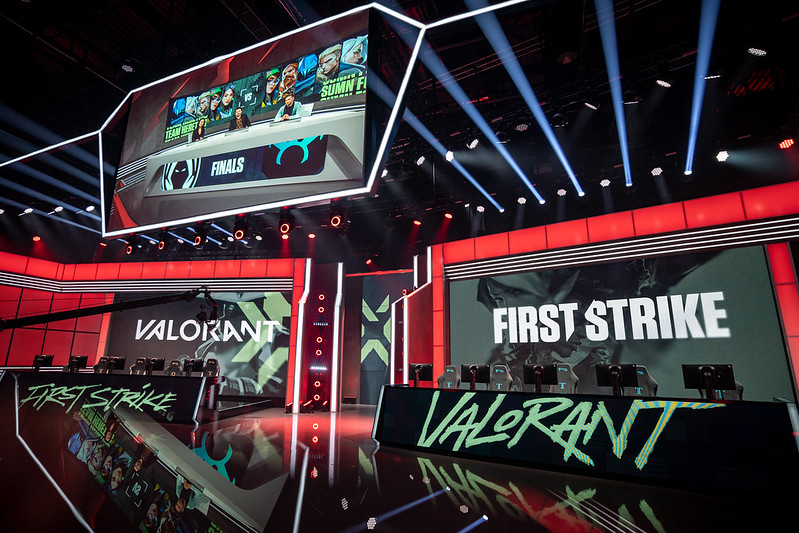
NA and EU First Strike were held safely in the confines of Riot Games’ Studios. (Photo courtesy Riot Games)
Riot partnered with 20+ organizers throughout the year in the Ignition Series to host the first set of competitive matches. After a successful six months of competition, Riot revealed it’s first set of global tournaments at the end of the year – First Strike. With COVID-19 halting any hopes of a LAN anytime soon, First Strike was held online across North America, Europe, CIS, Turkey, Asia, Oceania, Brazil, and the Middle East.
Big League of Legends roster moves
A European Shakeup
While G2 have been the kings of Europe, it was only a matter of time for their synergy to break. Luka “Perkz” Perković had been a roster staple since 2015 but his time in Europe has come to an end. Perkz left G2 at the end of the year and will be hopping over the Atlantic to join Cloud9 next year.
With Perkz’s departure G2 had a huge hole to fill and did so from one of its harshest rivals. Martin “Rekkles” Larsson left his five-year stint with Fnatic to join G2 for next season. Rekkles now reunites with former teammate Rasmus “Caps” Borregaard Winther.
Legends hangup their keyboards
Roster moves are always prevalent throughout the year, but 2020 also saw a massive amount of retirements from notable players.
North America was most prominent in their retirements this year. Zach “Sneaky” Scuderi started things off before the Spring 2020 season even began. Sneaky announced his retirement from League of Legends but remains an advisor and content creator for Cloud9. Two of the biggest surprises come when TSM’s Søren “Bjergsen” Bjerg and Yiliang “Doublelift” Peng both retired a month apart. While Doublelift is competing no more, Bjergsen moved on to become TSM’s Head Coach.
Before LPL’s Summer Split Royal Never Give Up’s roster announcement was notably missing Uzi. Sure enough by June, the team announced his retirement. In an extended statement, RNG revealed Uzi had been facing injuries for over eight years and chose to retire under the advisement of medical professionals.
The hits came hard from the LCK. Three players of the legendary ROX Tigers lineup of 2016 hung up their hat: Smeb, Kuro, and GorillA. Crown, another legendary player from South Korea, also announced his retirement.
Team Secret’s dominance in Dota 2
With the 2019-2020 DPC season ultimately canceled and a myriad of organizers hosting online tournaments it was impossible to crown a 2020 Dota 2 champion. But if we were able to, it more than likely would have been Team Secret.
When the pandemic began halting competitions hard in March, Team Secret was in a unique position that all players were geographically together. Online competitions didn’t affect them much, but they, like other teams, were limited to playing only against their specific region. When it comes to sheer statistics, Secret became the most successful team in Dota Esports history in 2020. The team had a staggering 77% win rate in the strongest region in competitive Dota 2. Even though The International was postponed and the team never got to truly spread their wings, 2020 will be remembered as the year of Team Secret.
Overwatch introduces tournaments and Hero Pools
As other esports had to take a hard pivot, none was harder than how the Overwatch League had to adapt. 2020 was meant to be the year of home/away matches for the league but they ended as soon as they began. With teams transitioning actual competitive regions due to player’s locations the league switched to a tournament format regions split between North America and APAC. They weren’t the matches we hope for in 2020, but they still made for some exciting moments.
Going into 2020 the meta in the Overwatch League seemed bland and overall repetitive. This made for fairly boring matches that weren’t only frustrating for fans, but players as well. To combat that, Blizzard began introducing competitive Hero Pools – a rotation of banned heroes based on their win rates from the previous weeks. The initial plan backfired quite a bit as players complained of burnout and lack of practice ability based on rotations. After a few different iterations of the concept, the league settled on a format of two weeks of banned heroes and two weeks off. This change made for huge meta diversity, despite the region-locked circumstances.
The Return of OG OpTic and 100 Thieves to Call of Duty
The Greenwall was all but shattered when original owner Hector “H3CZ” Rodriguez relinquished rights to the organization to Immortals Gaming Club in 2019. OpTic as a whole was never the same and H3CZ eventually ended up completely leaving the organization, transitioning to Co-Owner and CEO of NRG. With NRG he helped establish the Call of Duty League team – Chicago Huntsmen. Come October 2020, H3Cz re-acquired rights to the OpTic name from Immortals GC. While he obviously could not control two CDL spots, the Chicago Huntsmen will be rebranding to OpTic Chicago and the OpTic name is once again in H3CZ’s hands.
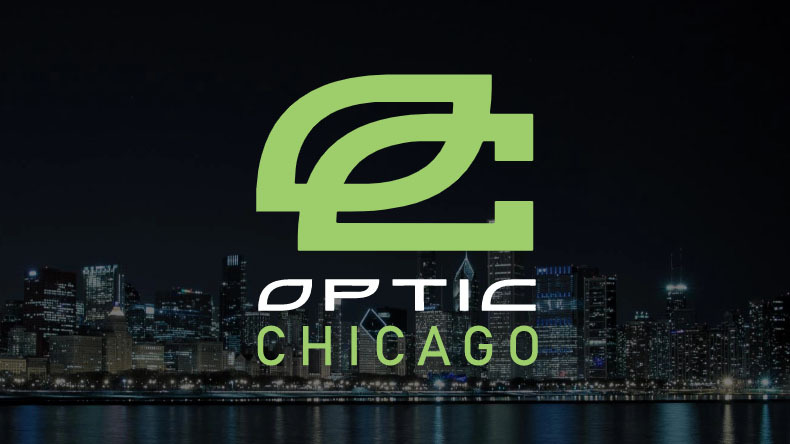
The real OpTic are back in the Windy City. (Photo courtesy Blizzard)
With Huntsmen now becoming OpTic, a CDL spot was left ripe for the taking. As a surprise to literally no one, Matthew “Nadeshot” Haag and 100 Thieves swooped in to take the opportunity to return to professional Call of Duty. The 2021 Call of Duty League season will now finally feature two of the largest names in professional Call of Duty that were absent in Call of Duty esports 2020.
2020 esports had so much potential as the industry seemed to be on the rise. Although it wasn’t the year we all yearned for, tournament organizers, teams and players did their best to continue to put on a show to the best of their abilities. We can only sit back and hope that 2021 will see the return of LAN competitions that have brought us some of the most memorable moments in esports.